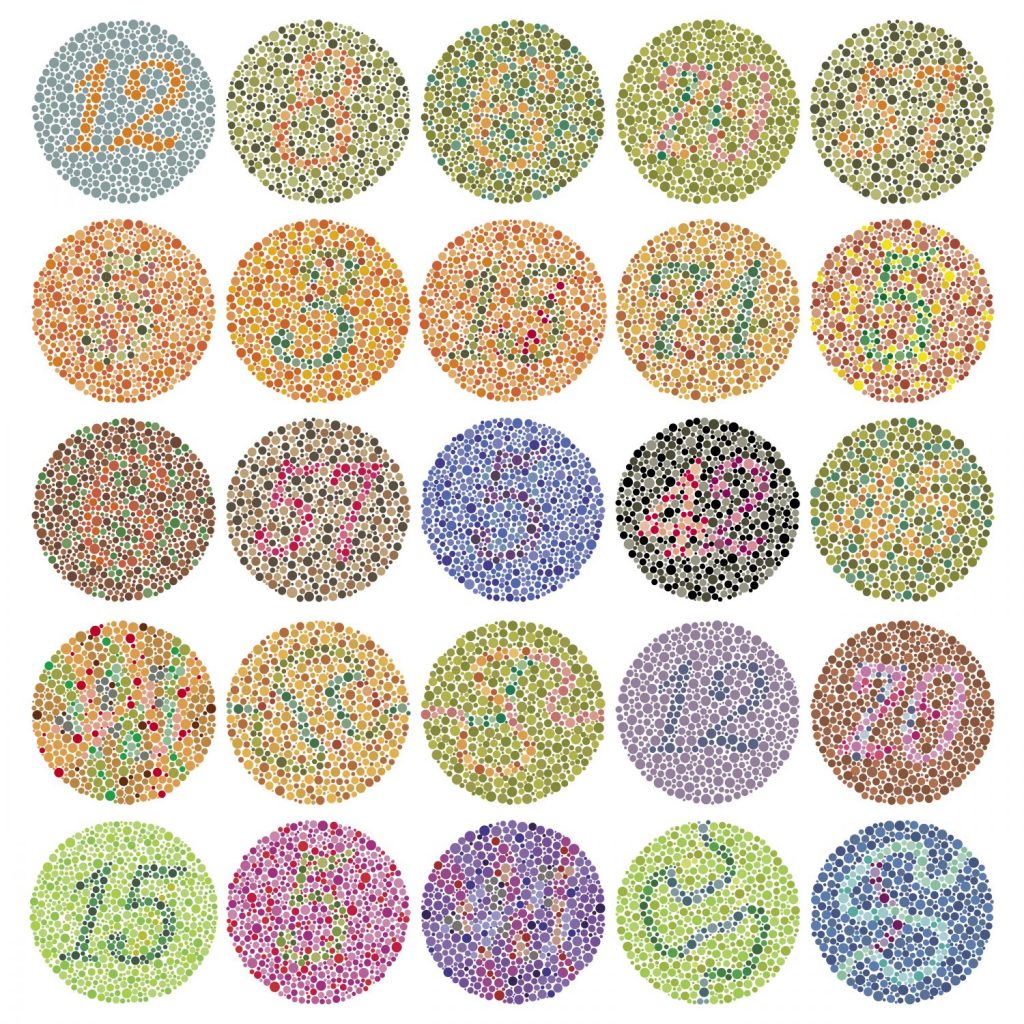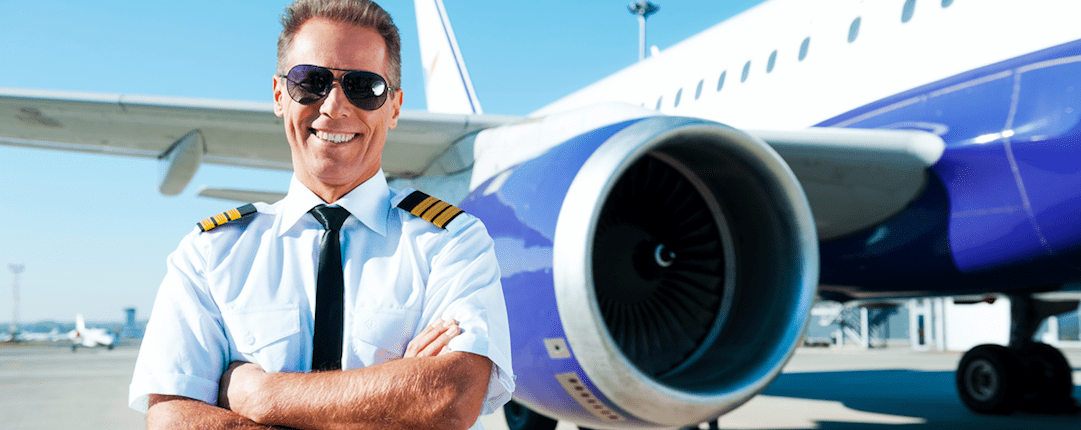GE Eye Examination20-07-306/126/66/9aircraft safetyaviationaviation eye testcaterpillar safety glasses, colour visioncorrectedmyopianear visionprescription glassesSAFETY EYEWEARSafety GlassesSafety Prescription Eye WearSafety Use GlassesSafety Wear Glassesshort sightednessuncorrectedvisual acuityvisual fieldvisual field lossworksafe glasses
Eye Examination
Eye Examination for Aviation Employees are a requirement for the applicant(s) or workers based on the Civil Aviation Regulations. In the context of these regulations, vision requirements for pilots are crucial to ensure safety and operational capability. Medical requirement or occupational requirement is a preventive medicine in which the patients, pilots, aircrews or any person whose involve and/or working in flight would need to get a proper health examinations before they are selected to work.
An Essential Test
The aviation industry has strict vision requirements for pilots and other employees to ensure safe flight operations. Good eyesight is essential for various aviation tasks, including flying, navigating, and communicating. In this article, we will discuss the vision requirements for aviation employees, including visual acuity, field of vision, color vision, and corrective options in the aviation industry.
Vision Requirements for Aviation Employees
The Federal Aviation Administration (FAA) requires pilots to undergo a comprehensive vision test by an Aviation Medical Examiner to get a First-Class FAA Medical Certificate. In the context of vision requirements for pilots, the FAA mandates specific standards, including distant-range vision of 20/20 or better in each eye separately, with or without correction. Intermediate-range vision of 20/40 or better in each eye separately, with or without correction, is also required.
No Abnormality or Impairments
Aviation Employee should not be diagnosed with any abnormality of the function of the eyes or any active pathological eye condition, congenital or acquired, acute or chronic, or any sequel of eye surgery or trauma. All this eye condition likely to interfere with the safe exercise of the privileges of the applicable license(s). Eyesight is the most important and common test which requires to be full filled by the applicant or workers before obtain their working license(s). The common Eye Examination for Aviation Employee comprises of distance and near visual acuity, visual field test and colour vision test.
Visual Acuity and Field of Vision
Visual acuity refers to the sharpness and clarity of vision. In the context of the Snellen eye chart, pilots must have a minimum visual acuity of 20/40 in each eye separately, with or without correction. Field of vision is also an important aspect of aviation vision requirements. Pilots must have a wide field of vision to detect and respond to visual stimuli.
Visual acuity is assessed to measure the ability to see. In this case, applicants should be able to read lines of letters on a chart at 6 metres. The results must be at least 6/9 in each eye separately and 6/6 using both eyes together, with or without glasses or contact lenses (correction). Whereas in near vision, on the standard near vision eye chart, they must be able to read the N5 print between 30 and 50 cm and the N14 print at 100 cm, with or without correction.
Color Vision Requirements
Color vision is critical for pilots to identify important visual cues, such as aircraft position lights, airport beacons, and radar signals. The Ishihara Test is commonly used to assess color vision in aviation medical exams. Pilots must have normal color vision to pass the test.
Colour vision test is compulsory for Eye Examination for Aviation Employee, and the results should be 17/17 for each right and left eye and both eyes together under in Ishihara plate test. Employee should have normal visual field and must not experience from double vision. A good color vision result is essential to identify important things like aircraft position lights, airport beacons, chart symbols, and more to ensure that safety duties is carried out.

Example of Ishihara Colour Plate Test
Other than that, pilots have higher risk of getting cataract. Most aircraft had poor UVA blocking windshields (Adrian et al., 2016). Long term exposure to UV can cause cataract. UV increases by 10
Corrective Options for Pilots
Pilots who do not meet the vision requirements can consider corrective options, such as glasses, contact lenses, or eye surgery. LASIK eye surgery is a popular option for pilots, as it can correct vision to 20/20 or better. However, pilots must meet specific requirements to qualify for refractive surgery.
If you are about to wear contact lenses it should be monofocal, nontinted and for distant vision only (not to correct near vision). Any contact lenses should be brought to the examination for further assessment about to check on the contact lens condition and its fitting on the wearers. If applicants have any systematic eye diseases, or surgery be done due to any complications in eyes, do inform early during the eye examination.
Eye Diseases and Aviation
Eye diseases can significantly impact a pilot’s ability to fly safely. Conditions such as glaucoma, macula diseases, cataracts, optic nerve disease, and keratoconus can cause changes to vision that may be disqualifying for pilots. Additionally, systemic diseases like diabetes can also affect vision and must be closely monitored. Pilots with eye diseases must undergo regular check-ups with a Civil Aviation Safety Authority (CASA) accredited optometrist to ensure their vision meets the required standards. In some cases, eye surgery may be necessary to correct vision problems. For example, LASIK eye surgery can be an effective solution for pilots with refractive errors, but it’s essential to follow the guidelines set by the Federal Aviation Administration (FAA) or the Civil Aviation Authority (CAA) to ensure safe flying.
Aviation Visual Assessment and Test Results
After completing an aviation visual assessment, the results will be reported to the Civil Aviation Safety Authority (CASA) or the Federal Aviation Administration (FAA). If the results indicate that a pilot’s vision meets the required standards, they will be issued a medical certificate. However, if the results show that a pilot’s vision does not meet the standards, they may be required to undergo further testing or treatment. In some cases, a pilot may be disqualified from flying due to a vision problem. It’s essential for pilots to understand their test results and follow the recommendations of their optometrist or medical examiner to ensure safe flying.


